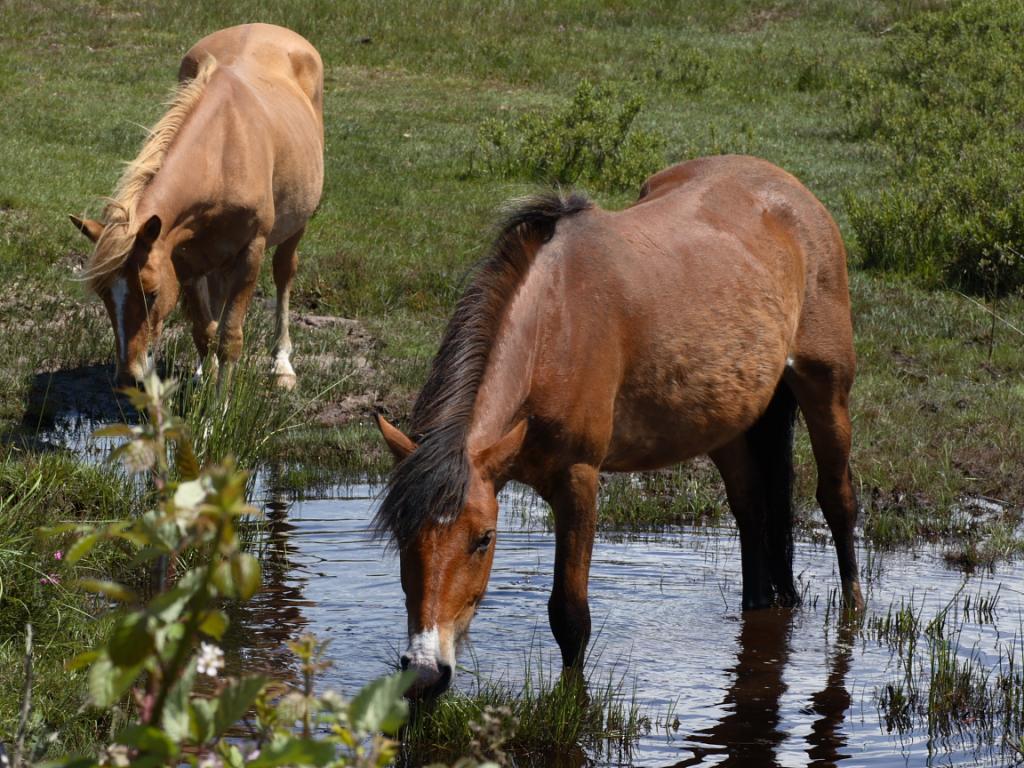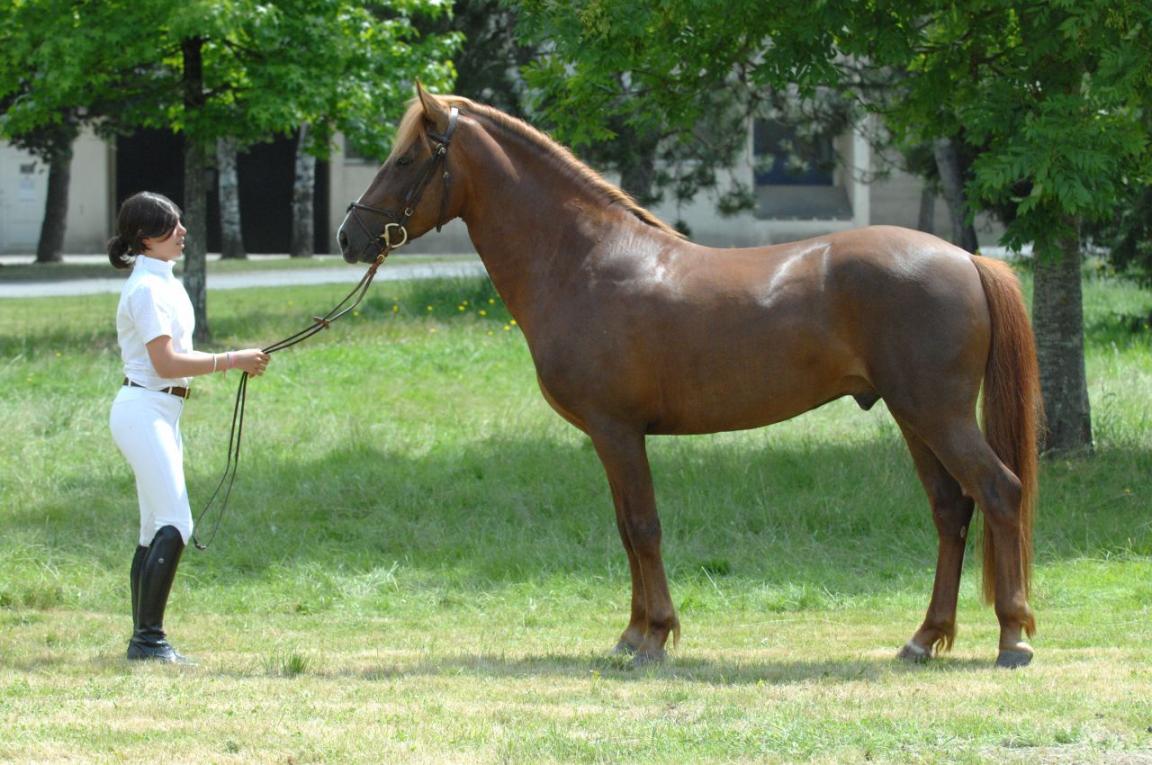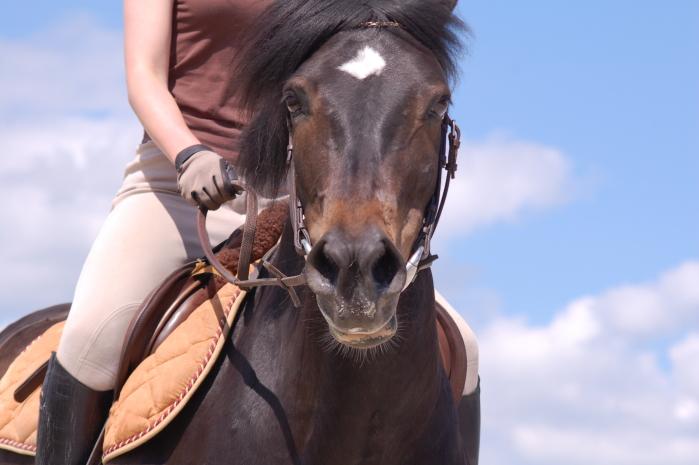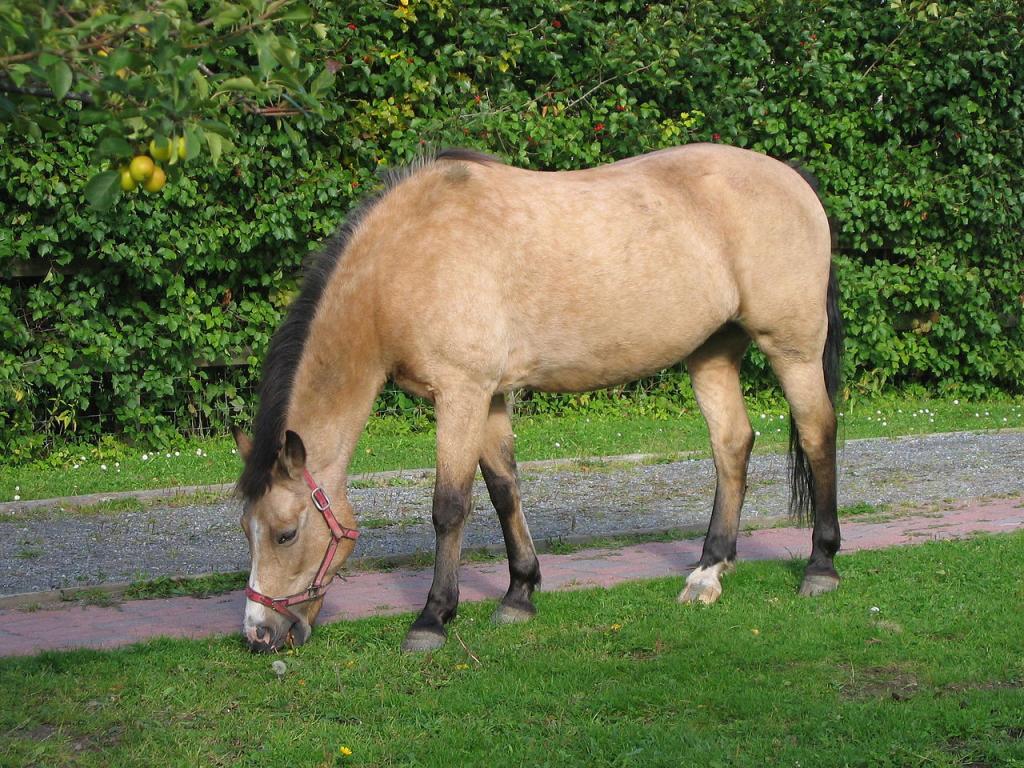
Continent: Europe
Country: United Kingdom
Weight: 300 – 350 kg
Height: 122 – 148 cm



The New Forest Pony comes from the south of England, specifically the New Forest National Park (Hampshire), a vast area of heathlands, grasslands, marshes, and ancient woodlands. These landscapes, managed through pastoral practices for over a millennium, are home to herds living in semi-feral conditions under the supervision of commoners, holders of ancestral grazing rights.
The exact origins date back several centuries, with written references as early as the 11th century in the Domesday Book. The breed most likely descends from local horses gradually improved through controlled crossbreeding with various breeds, including the Thoroughbred, the Arabian, the Welsh Cob, and other British ponies, producing an animal that is hardy, versatile, and elegant.
Culturally, the New Forest Pony is regarded as a symbol of Britain’s living heritage: it still takes part in traditional fairs (drifts), endurance trials, and light farm work, while also playing a key ecological role in maintaining the landscape.
The historical cradle of the New Forest Pony is located in the south of England, in the heart of the New Forest National Park, Hampshire. The ponies still live there in semi-feral conditions, managed by breeders known as commoners, who continue the centuries-old tradition of stewarding the breed.
Outside its native land, the breed has spread widely across Europe and the world:
The New Forest has thus established itself as one of the most international British ponies, while maintaining a strong anchorage in its region of origin.
The New Forest Pony plays a major role in equine genetics, as it combines hardiness, sporting versatility, and a good temperament.
Its balanced genetic heritage makes it a valuable foundation for crossbreeding to improve:
In Europe, the New Forest is used in several selection and improvement programs, as it passes on both elegance, strength, and docility.
The New Forest Pony has its roots in southern England, in the wooded region of Hampshire. Ponies were already living freely in these forests as early as the 11th century, when William the Conqueror declared the territory a royal hunting ground. The local horses, small and hardy, adapted to an environment of heathlands, marshes, and woodlands.
Over the centuries, several crossbreedings enriched the genetic heritage of the breed:
These influences produced a pony that is both robust and versatile, suitable for both work and riding.
The breed went through a difficult period in the 19th century, marked by excessive crossbreeding that threatened its identity. To preserve the original type, an official stud book was opened in 1906.
In 1938, the creation of the New Forest Pony Breeding & Cattle Society structured the breeding program and established clear standards.
In the 20th century, the New Forest spread beyond its homeland, first throughout the United Kingdom, then to many European countries (the Netherlands, Germany, France, Scandinavia). Today, it is recognized as both a sport and leisure pony, while still living in semi-feral conditions in the New Forest National Park, a symbol of its origins.
The New Forest Pony is known for its well-balanced nature: it combines calmness and energy, making it a reliable companion for children as well as a stimulating mount for more experienced riders.
Gifted with great intelligence and an outstanding capacity to adapt, it learns quickly and shows cooperation. These qualities allow it to excel both in leisure riding and in competition.
Raised in semi-feral conditions in the New Forest National Park, this pony has retained a strong social instinct. It integrates easily into a herd, maintaining a natural hierarchy without aggression.
Its gentle nature and reliable temperament make it particularly appreciated by families. It is also renowned for its willingness to work and its ability to build a strong bond of trust with its rider.
"A gentle, intelligent, and willing pony, capable of satisfying both the beginner rider and the ambitious competitor."
The New Forest Pony continues to gain ground in pony equestrian sports, particularly in show jumping, dressage, driving, and TREC. Its versatility and reliability allow it to compete with other high-level European pony breeds.
Thanks to its calm and balanced temperament, the New Forest appeals to both young riders and adults. This constant demand ensures the breed’s place in leisure riding and family equestrianism.
In its homeland, the New Forest National Park, these ponies play an essential role in the management of heathlands and woodlands, contributing to the sustainable maintenance of ecosystems. This reinforces their image as a heritage breed and their legitimacy in conservation efforts.
The strict oversight of the stud book, combined with genetic testing (particularly against FIS), helps preserve the breed’s health and genetic diversity, ensuring its long-term sustainability.
The New Forest Pony is renowned for its hardiness and longevity. Raised in semi-feral conditions that can be harsh, it has developed an excellent natural resistance to disease and a strong adaptability to different climates and environments.
Unlike some heavily selected breeds, the New Forest has few known hereditary diseases. Its relatively diverse genetic heritage helps maintain good overall health within the population.
Despite this robustness, certain aspects require monitoring:
Thanks to its solid constitution, the New Forest often enjoys a long life expectancy, frequently exceeding 30 years when well cared for.